Home>Storage Ideas>Kitchen Storage>Homemade Kitchen Cleaner – An Easy Eco Step-by-step
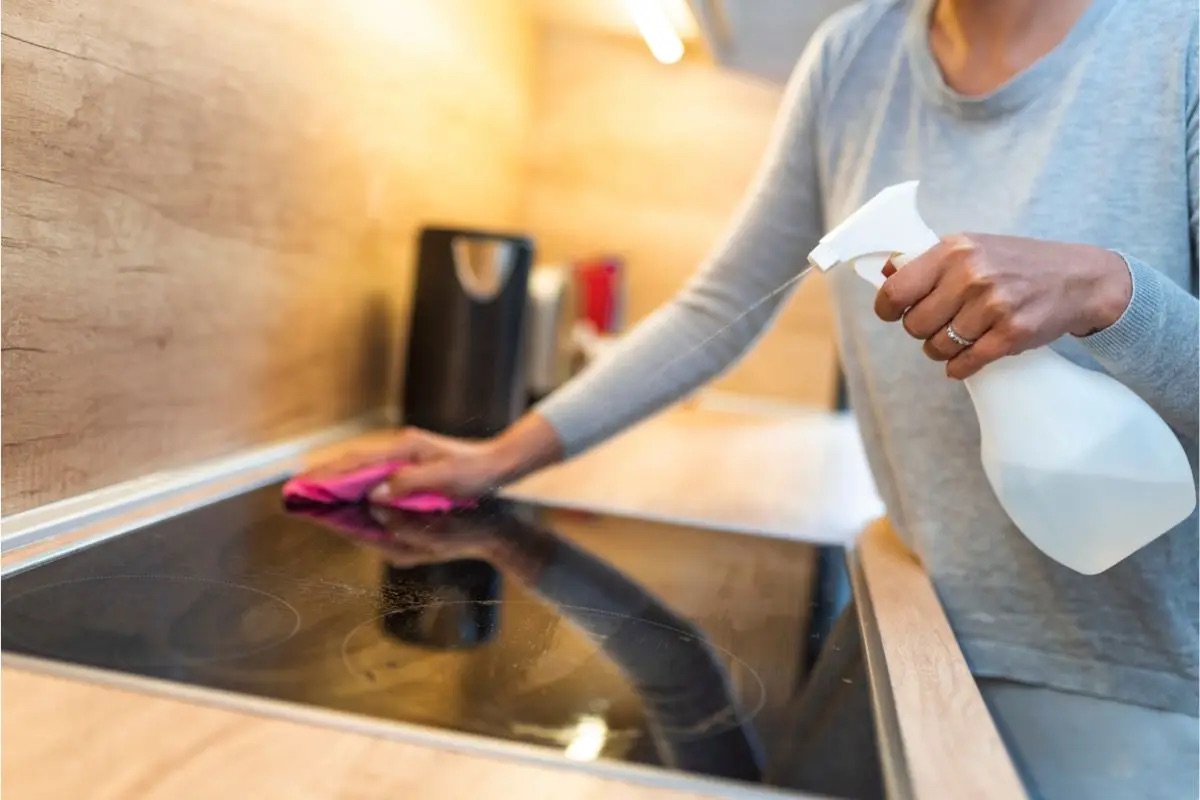

Kitchen Storage
Homemade Kitchen Cleaner – An Easy Eco Step-by-step
Modified: January 19, 2024
Discover how to make your own eco-friendly kitchen cleaner with this easy step-by-step guide. Plus, get practical kitchen storage ideas for a clutter-free space.
(Many of the links in this article redirect to a specific reviewed product. Your purchase of these products through affiliate links helps to generate commission for Storables.com, at no extra cost. Learn more)
Introduction
Welcome to this guide on creating your very own homemade kitchen cleaner. Taking a step towards eco-friendly living doesn’t have to be complicated or expensive. By making your own cleaning products, you can reduce your carbon footprint and have control over the ingredients you use in your home.
With the right ingredients and supplies, you can create an effective and natural cleaner that will keep your kitchen pristine and free from harmful chemicals. In this article, we will walk you through the step-by-step process of making various kitchen cleaners, including an all-purpose cleaner, countertop cleaner, glass cleaner, floor cleaner, and even an oven cleaner.
Not only are homemade cleaners better for the environment, but they are also more budget-friendly. Many store-bought cleaners are not only expensive, but they often contain harsh chemicals that can be harmful to your health and the planet. By making your own cleaners, you can save money and have peace of mind knowing exactly what you are using in your home.
So, let’s roll up our sleeves, gather the necessary ingredients and supplies, and embark on this journey to create your own homemade kitchen cleaner that is safe, effective, and eco-friendly!
Key Takeaways:
- Create eco-friendly kitchen cleaners using simple ingredients like vinegar, baking soda, and essential oils. Save money, reduce chemical exposure, and contribute to a sustainable lifestyle.
- Homemade kitchen cleaners are versatile, effective, and safe for various surfaces. Enjoy the satisfaction of a clean kitchen while minimizing your environmental impact.
Read more: How To Fix E2 Error In A Washing Machine
Gather your ingredients and supplies
Before you begin making your homemade kitchen cleaner, it’s important to gather all the necessary ingredients and supplies. Fortunately, you might already have many of these items in your pantry or cleaning closet. Here’s a list of what you’ll need:
- A spray bottle: Opt for a reusable spray bottle that can hold your homemade cleaner. Make sure it’s clean and in good condition.
- Vinegar: Vinegar is a versatile and natural cleaning agent. It’s effective for cutting through grease and grime.
- Baking soda: Baking soda is a gentle yet effective abrasive that can remove tough stains and odors.
- Essential oils: Essential oils not only add a pleasant scent to your homemade cleaner but also have antibacterial and antifungal properties. Some popular options include lemon, lavender, and tea tree oil.
- Liquid dish soap: Look for a natural and biodegradable dish soap that is free from harmful chemicals.
- Water: You will need water as a base for your cleaner. Use filtered or distilled water if possible.
- Microfiber cloths or cleaning sponges: These are gentle on surfaces and great for wiping away dirt and grime.
Once you have gathered all the necessary ingredients and supplies, you’re ready to start creating your homemade kitchen cleaner.
It’s worth noting that the ratios of the ingredients may vary depending on the specific cleaner you’re making. Be sure to follow the recipes and instructions provided for each cleaner to achieve the best results.
Make your own all-purpose cleaner
An all-purpose cleaner is a versatile and essential tool for keeping your kitchen surfaces clean and sparkling. With just a few simple ingredients, you can create an effective all-purpose cleaner that is safe to use on various surfaces. Here’s how to make your own:
- Take a clean and empty spray bottle and fill it about three-fourths of the way with water.
- Add about a half cup of white vinegar to the spray bottle. Vinegar helps to cut through grease and disinfect surfaces.
- Add around 10 drops of your preferred essential oil. This will give your cleaner a pleasant fragrance and added antibacterial properties. Popular choices include tea tree oil, lavender oil, or lemon oil.
- If desired, you can also add a small squirt of liquid dish soap to enhance the cleaning power of the solution.
- Screw the spray nozzle onto the bottle and give it a good shake to mix all the ingredients together.
- Your homemade all-purpose cleaner is now ready to use! Simply spray it onto surfaces such as countertops, stovetops, and sinks, and wipe clean with a microfiber cloth or sponge.
Not only will this homemade all-purpose cleaner effectively clean and disinfect your kitchen surfaces, but it is also safe to use around children and pets. Plus, it’s a great money-saving alternative to store-bought cleaners.
Note: While vinegar is generally safe to use on most surfaces, it is not recommended for use on natural stone countertops such as marble or granite. For these surfaces, use a specialized cleaner recommended for stone.
Make your own countertop cleaner
Countertops are one of the most commonly used surfaces in the kitchen and they can quickly accumulate dirt, spills, and stains. To keep your countertops looking clean and shiny, you can make your own homemade countertop cleaner using simple and natural ingredients. Follow these steps:
- In a spray bottle, combine equal parts water and white vinegar. Vinegar is a natural disinfectant that also helps break down grease and grime.
- Add a few drops of your favorite essential oil for a pleasant scent. Some popular choices include citrus oils like lemon or orange.
- If your countertop is made of a sensitive material such as marble or granite, omit the vinegar and use only water with the essential oil.
- Shake the spray bottle well to mix the ingredients together.
- Now, simply spray the mixture onto your countertop and let it sit for a few minutes to loosen any dirt or stains.
- Use a microfiber cloth or sponge to gently wipe the countertop, applying light pressure as needed to remove stubborn stains or dried-on food particles.
- Rinse the surface with clean water and dry with a clean cloth to prevent streaks.
This homemade countertop cleaner is safe to use on various countertop materials, including laminate, quartz, and solid surfaces. It effectively removes dirt and grime without leaving a residue. Plus, the addition of essential oils creates a fresh and inviting aroma in your kitchen.
Remember to always test the cleaner on a small, inconspicuous area first to ensure that it doesn’t cause any damage or discoloration to your specific countertop material.
To make a homemade kitchen cleaner, mix equal parts water and white vinegar in a spray bottle. Add a few drops of essential oil for a pleasant scent. This eco-friendly cleaner is effective for countertops, appliances, and more.
Make your own glass cleaner
When it comes to cleaning glass surfaces in your kitchen, such as windows, mirrors, and glass cooktops, a homemade glass cleaner can provide streak-free results without the use of harsh chemicals. Here’s how you can make your own glass cleaner:
- Take a spray bottle and fill it with one cup of distilled water. Distilled water is preferable as it doesn’t leave mineral deposits or streaks on your glass.
- Add a quarter cup of white vinegar to the spray bottle. Vinegar’s acidic properties make it an effective ingredient for cutting through dirt and grime.
- Optionally, you can add a few drops of your favorite essential oil to give your glass cleaner a pleasant scent.
- Secure the spray nozzle and give the bottle a good shake to mix the ingredients thoroughly.
- To use the glass cleaner, simply spray it onto the glass surface you wish to clean.
- Wipe the surface using a microfiber cloth or a lint-free paper towel in a circular motion.
- If there are any stubborn spots or fingerprints, spray a bit more cleaner directly onto the area and gently scrub with a soft cloth or sponge.
- Finally, use a clean and dry cloth to buff the surface and remove any remaining streaks.
This homemade glass cleaner is not only effective at removing dirt and grime, but it is also safe for use around food preparation areas. The vinegar helps to disinfect the surface, leaving it sparkling clean.
Remember, when cleaning glass, avoid using abrasive materials or rough cloths that could scratch the surface. Stick to gentle materials like microfiber cloths or lint-free towels for best results.
Make your own floor cleaner
Keeping your kitchen floors clean is essential for maintaining a hygienic and welcoming space. Instead of relying on commercial floor cleaners that may contain harsh chemicals, you can create your own natural floor cleaner using just a few ingredients. Here’s how:
- In a bucket, combine equal parts warm water and white vinegar. The vinegar will help to remove dirt, grease, and bacteria from your floors.
- If you prefer a fresh scent, add a few drops of essential oil, such as lemon or peppermint, to the mixture.
- If you have hardwood or laminate floors, it’s important to avoid excessive moisture. In this case, reduce the amount of water in the mixture, or consider using a specialized cleaner recommended for these types of floors.
- If you have tile or linoleum floors, you can add a small amount of mild liquid dish soap to the mixture for added cleaning power.
- Dip a mop or microfiber cloth into the solution, making sure it is well-wrung to avoid over-saturating your floors.
- Starting from one corner of the room, mop the floors in a back-and-forth motion, working your way towards the opposite corner.
- Pay attention to any stubborn stains or heavily soiled areas and give them a little extra scrubbing with a soft brush or cloth.
- Allow the floors to air dry or use a clean, dry mop or cloth to speed up the drying process.
This homemade floor cleaner is effective for most types of kitchen floors, including tile, hardwood, laminate, and linoleum. It not only removes dirt and grime, but it also leaves behind a clean and refreshed scent.
Always remember to spot test the cleaner in an inconspicuous area or on a small portion of your floors before applying it to the entire surface, especially if you have sensitive or specialty flooring materials.
Make your own oven cleaner
Cleaning the oven is a dreaded task for many, but with a homemade oven cleaner, you can make the process easier and more eco-friendly. Here’s a simple recipe to make your own oven cleaner:
- In a small bowl, combine half a cup of baking soda with a few tablespoons of water. Mix the ingredients well until you form a paste-like consistency.
- Spread the baking soda paste evenly on the interior surfaces of your oven, focusing on heavy grease and grime areas. Avoid applying the mixture to the heating elements or any other electrical components.
- Let the baking soda paste sit on the oven surfaces for at least a few hours or overnight. This will allow the paste to penetrate and loosen the baked-on grease and food particles.
- After the waiting period, use a damp cloth or sponge to wipe away the baking soda mixture. For stubborn stains or residue, you can gently scrub with a non-abrasive scrubber or an old toothbrush.
- For any remaining residue, dampen a cloth with vinegar and wipe down the surfaces. The vinegar will react with the baking soda residue, creating a fizzing reaction that helps to further loosen and remove the grime.
- After thoroughly wiping down the surfaces with vinegar, rinse with clean water and wipe dry with a clean cloth.
This homemade oven cleaner is a safe and effective alternative to harsh chemical-based cleaners. The baking soda acts as a natural abrasive while the vinegar helps to dissolve grease and sanitize the oven surfaces.
Keep in mind that this method is suitable for regular oven cleaning. For heavily soiled or greasy ovens, you may need to repeat the process or consider professional cleaning options.
Always ensure that your oven is turned off and cool before applying the homemade cleaner to avoid any risk of burns or accidents.
Conclusion
Congratulations! You have now learned how to create your own homemade kitchen cleaners that are both effective and environmentally friendly. By making your own cleaning products, you can reduce your exposure to harmful chemicals, save money, and contribute to a more sustainable lifestyle.
From the all-purpose cleaner to the glass cleaner, countertop cleaner, floor cleaner, and oven cleaner, you now have a set of versatile recipes that can tackle various cleaning tasks in your kitchen. These homemade cleaners are made from simple and natural ingredients that you might already have in your pantry, such as vinegar, baking soda, essential oils, and water.
Not only are these homemade cleaners safer for your health and the environment, but they are also budget-friendly. You can customize your own scents by using different essential oils, making cleaning a more enjoyable and fragrant experience.
Remember to always follow the provided instructions and test the cleaners on a small area before using them on larger surfaces. Additionally, be mindful of any specific instructions for sensitive materials such as marble or granite countertops.
By adopting the practice of making your own kitchen cleaners, you are taking a proactive step towards reducing your ecological footprint. You are also promoting a healthier living environment for you and your family.
So, put on your cleaning gloves, gather your supplies, and get ready to create your own homemade kitchen cleaners. Enjoy the satisfaction of a sparkling clean kitchen while knowing that you are making a positive impact on your health and the planet.
Frequently Asked Questions about Homemade Kitchen Cleaner – An Easy Eco Step-by-step
Was this page helpful?
At Storables.com, we guarantee accurate and reliable information. Our content, validated by Expert Board Contributors, is crafted following stringent Editorial Policies. We're committed to providing you with well-researched, expert-backed insights for all your informational needs.



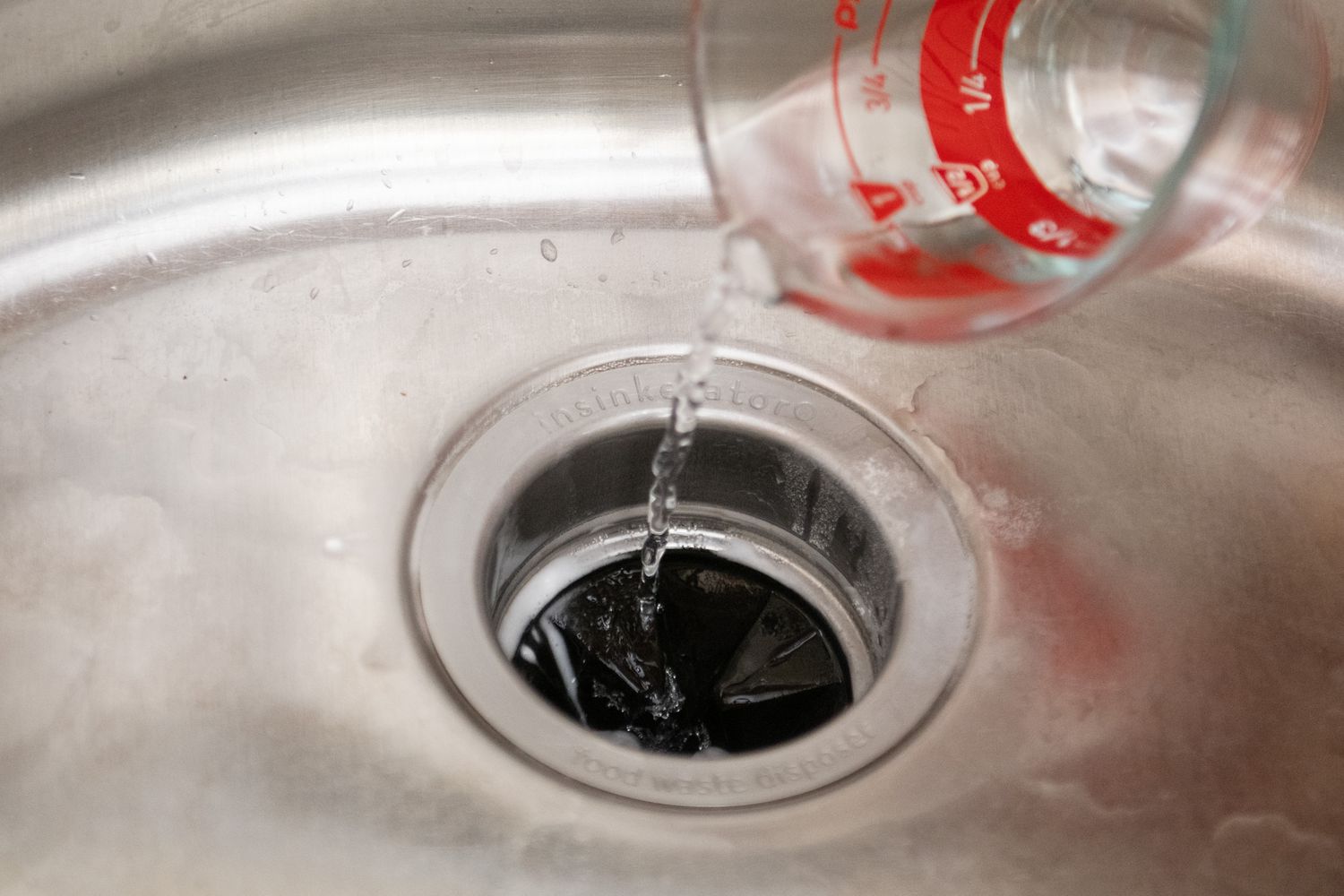
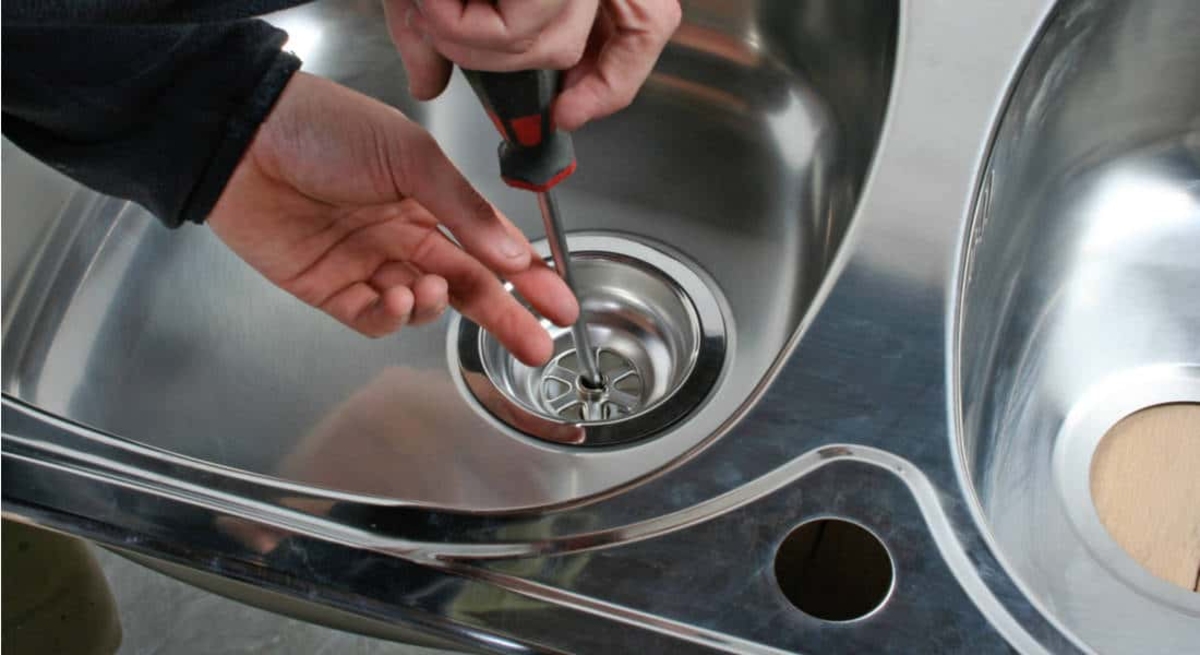





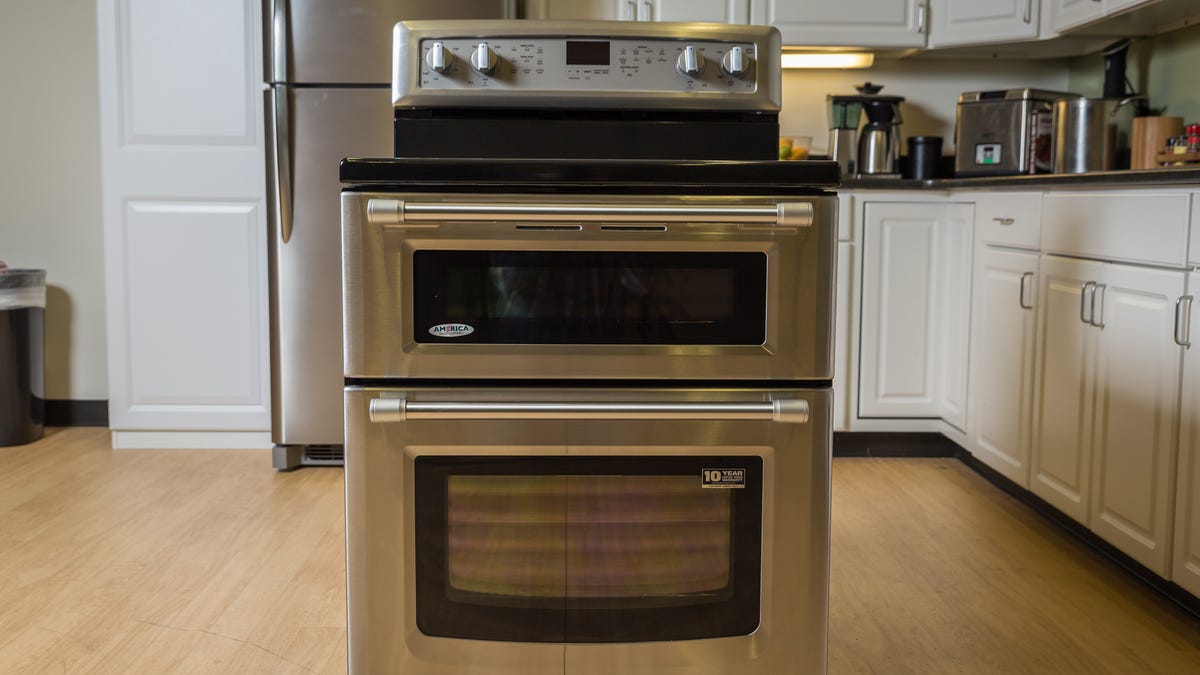
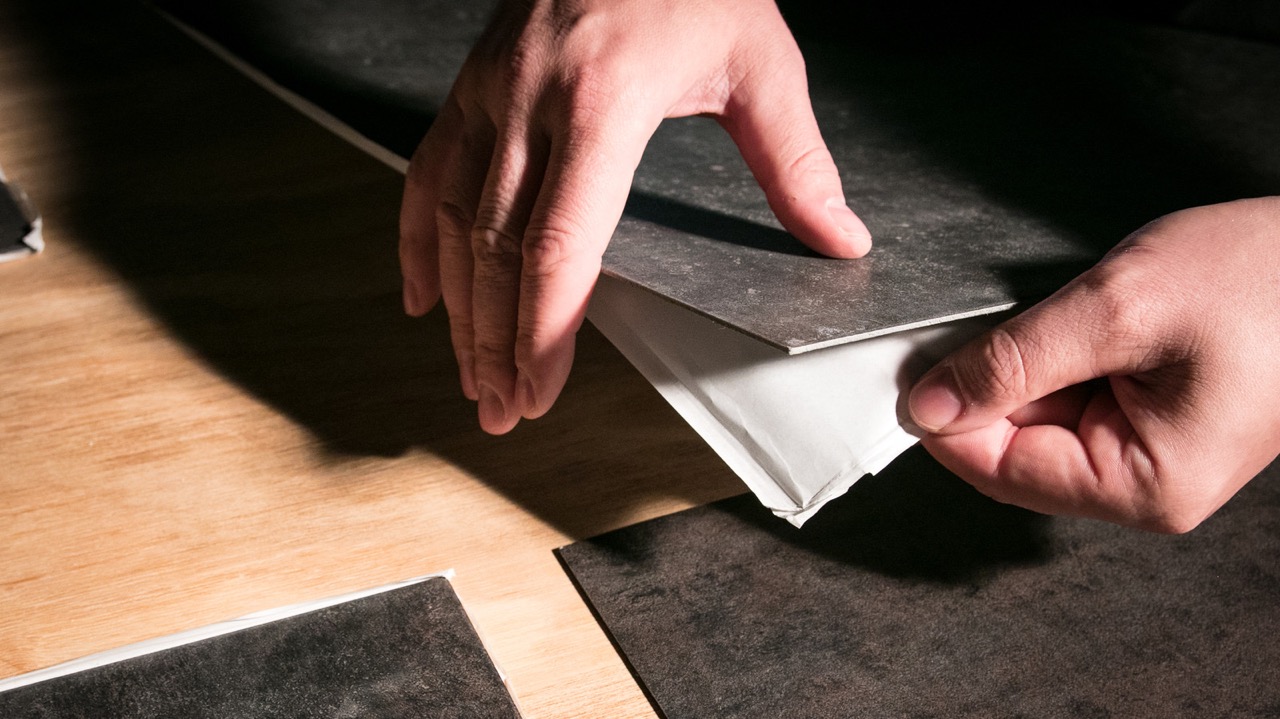

0 thoughts on “Homemade Kitchen Cleaner – An Easy Eco Step-by-step”